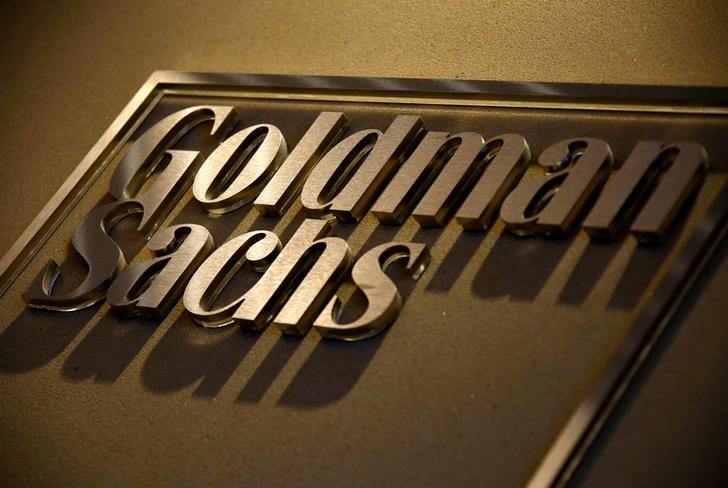(Bloomberg) -- When four of the world’s most powerful central bankers sit down on Tuesday to discuss how to communicate, they’ll have a thumbs up from economists at Goldman Sachs Group Inc (NYSE:GS).
European Central Bank President Mario Draghi hosts a conference in Frankfurt with Federal Reserve Chair Janet Yellen, Bank of Japan Governor Haruhiko Kuroda and Bank of England Governor Mark Carney. Those leaders -- charged with safeguarding half the global economy -- will talk on a panel about how their messaging impacts their effectiveness and reputation.
Goldman economists led by Jan Hatzius, who is set to speak at the two-day gathering, have already done some of their own work on the matter, studying a decade and a half of events at the four institutions and the reaction in markets.
In general, they are “quite successful in communicating their policy messages,” Hatzius’ colleague Nicholas Fawcett said in the note. “Although specific episodes of unintended communication are not hard to identify, we find that markets listen closely to central bankers and focus primarily on their guidance about monetary policy as opposed to the growth outlook.”
Once known among the wider public for little more than setting interest rates, central banks have been on a drive for greater transparency for much of the past two decades. They significantly stepped up their efforts as the global financial crisis forced them into controversial measures such as negative interest rates and quantitative easing.
That hasn’t always gone to plan. Officials have occasionally roiled markets with unexpected comments seen as signaling policy changes, including the Fed-provoked “taper tantrum” of 2013 and the euro’s surge this year after Draghi said “reflationary forces are at play.” Carney’s guidance on interest rates has been criticized, and the BOE’s forecasts for the economic impact of Brexit have come under political fire. Both Draghi and Carney are Goldman alumni.
Related story: Too Much Central Bank Talk Means ‘Confusion Not Clarity’
Goldman found that policy decisions and press conferences by the Fed, ECB and BOE tend to lead to outsized moves in key asset prices during a window around each event, and that the effect on financial conditions persists in the days that follow. Reactions to BOJ events were smaller than for its peers, though still significantly larger than normal.
The analysis then looked at the movements in stocks and bond yields in response to central bank communications. When they moved in opposite directions -- which would be expected if policy is tightened or loosened -- they were called “policy” shocks. When both moved in the same direction, it labeled them as “growth” shocks. Policy shocks were found to be substantially more common.
Acknowledging the high-profile press conferences given by central-bank chiefs, Goldman also considered whether investors focus more on published policy statements or those public appearances. The answer was: it depends.
“Fed policy statements tend to be more powerful than press conferences,” according to the note. “The opposite is true of the ECB and the BOE.”
